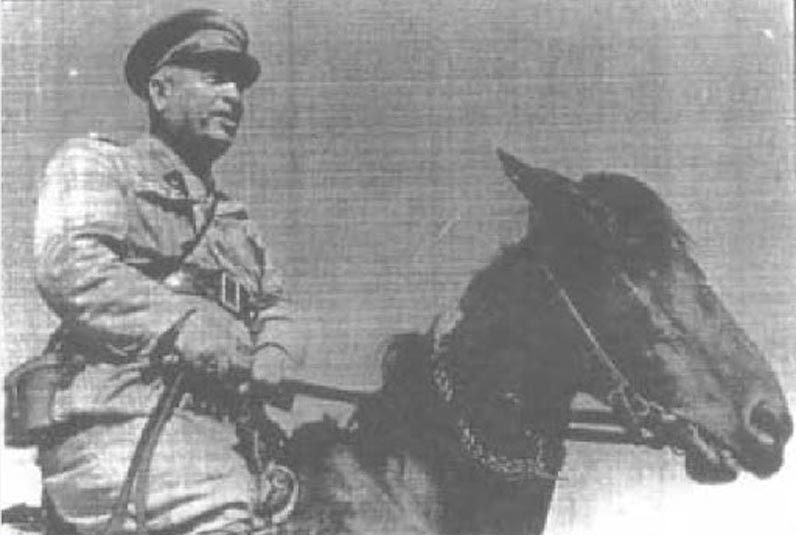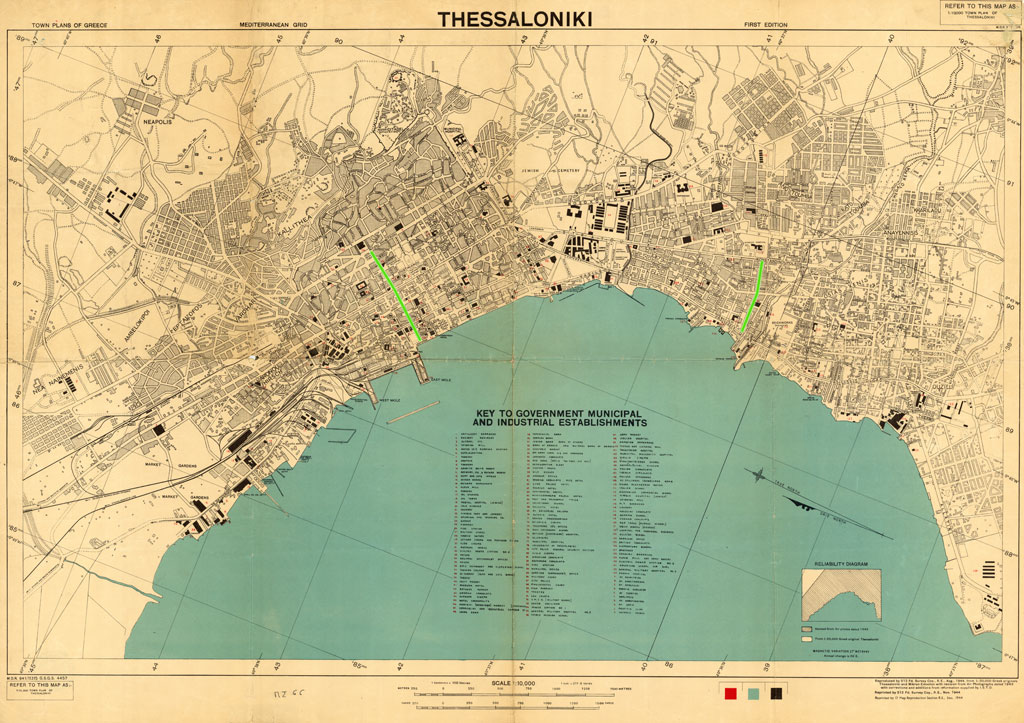At the beginning of March 1943, the German authorities ordered, inter alia, the Jews of Thessaloniki to fully declare their properties. The order was applied only to Jews of Greek citizenship while Jews of other citizenships, namely the Italian, were excluded. It is estimated that 12-18,000 property declarations were submitted, from which only a part is saved; around 4,150 declarations.
The assets declarations gave Nazis all the necessary figures to go through with their plan to expropriate Jewish movable and immovable properties. The expropriation – aryanisation of Jewish assets was systematically applied to most occupied areas in Europe. Nazis involved their associates, natives or not, in this procedure. It was Nazi’s conscious choice to involve several partakers, either underprivileged or opportunists, in the looting in order to broaden the circle of guilt.
YDIP
The Service for the Disposal of Jewish Properties (YDIP) was founded in March 1943 by order of the Germans to Vasilis Simonidis, General Governor of Macedonia. Simonidis appointed Ilias Douros, Financial Supervisor of Thessaloniki’s Land Registry, as Director of the new service. YDIP served as a legal pretext for the expropriation that took place.
The service appointed “evaluators” who registered the properties along with an inventory of the contained movables; equipment, tools and merchandise in case of stores and offices and furniture, valuables as well as clothing and household items in case of houses.
Most Jewish owners or tenants were obviously no longer there to confirm the registration. Especially homes were registered as of “unknown owner”. This is evident in several instances on Miaoulis Street. The property was then sealed until it was handed over to its new administrator. The properties’ new possessors were named “custodians” and the Agricultural Bank of Greece was appointed custodian of all Jewish properties.
YDIP created two separate categories of custodians: store custodians and furniture custodians, as those who received Jewish homes were named. The new possessors included, apart from individuals, associations, unions and even the Municipality of Thessaloniki itself.
Those closely associated with the Germans were given the custody of the best stores and houses. Typical are the cases of Laskaris Papanaoum, a notorious collaborator, anti-Semite and Georgios Poulos, the head of a German-ordered military corps. The former ransacked two large tanneries and the latter reaped thousands of gold pounds from Boton brothers' jewelry store which he sold instantly.

Maximilian Merten and other German officials also took care of their personal gain, selling out movables from Jewish stores and appointing their personal associates and friends as custodians. Despite the strict German orders, the plunder of houses and stores was not avoided. This affected particularly the properties that were not given to collaborators or to those who were pointed by the Germans. In many instances of houses at the center of Thessaloniki, on Antigonidon, Ptolemeon and Syggros Street, inhabited largely by Jews, most registrations were concluded by two words: “nothing found”.
It needs to be clarified that in several instances, not of great value, YDIP appointed displaced people as custodians; such as families originating from Bulgarian occupied territories of Drama, Serres and Kavala or other parts of Macedonia that took shelter in Thessaloniki because of the Bulgarian persecutions. Such cases where located in Miaoulis Street. According to the facts the houses that were handed over to the families were already looted and only a few of them had any furniture and household items.

Map of Thessaloniki in 1943, Thessaloniki History Centre

